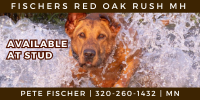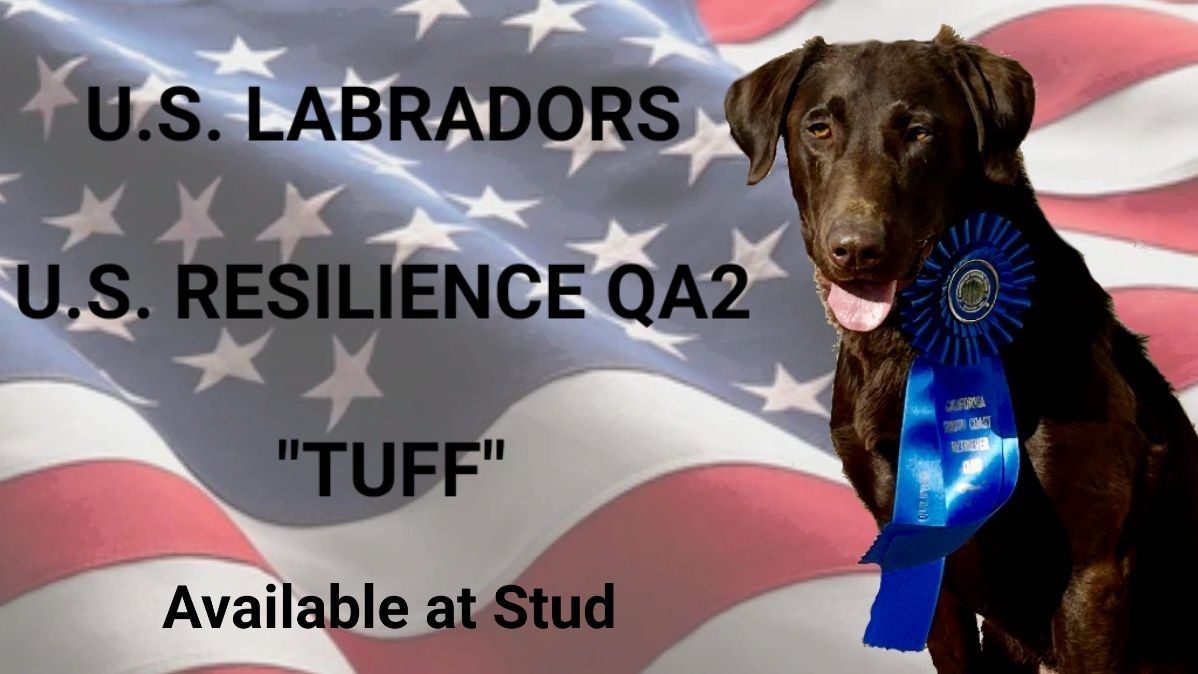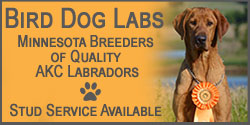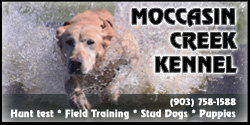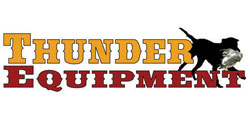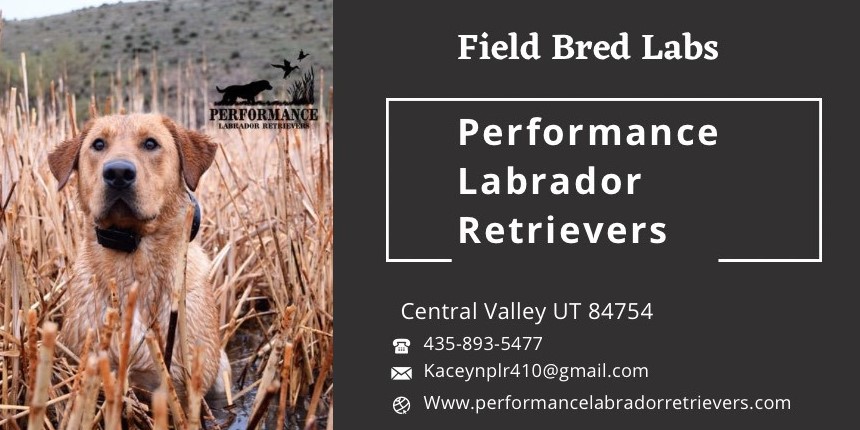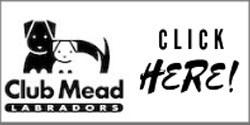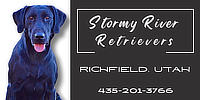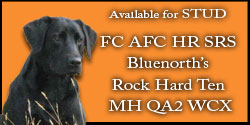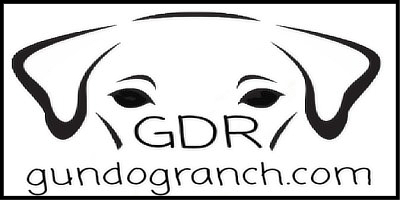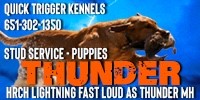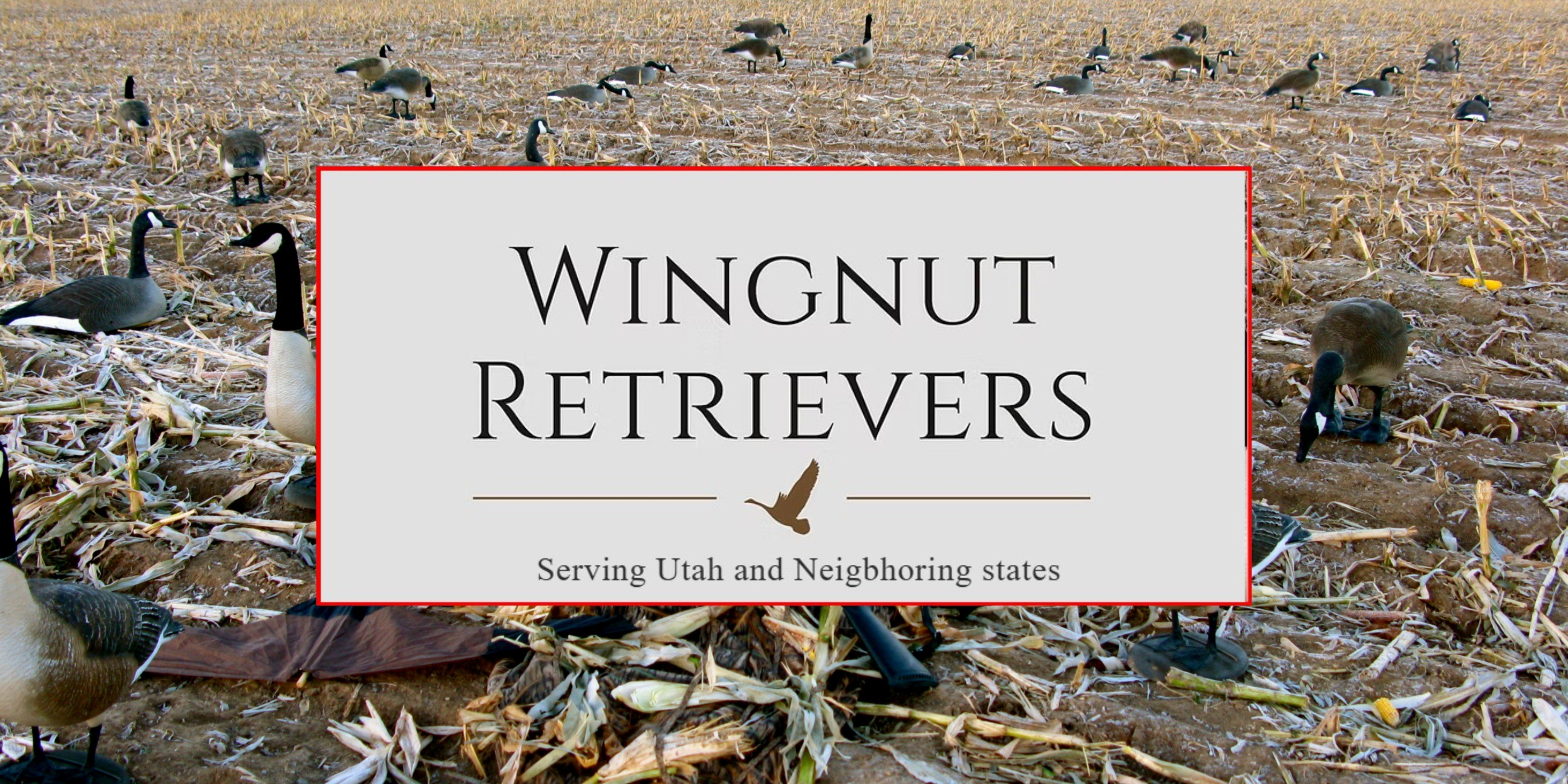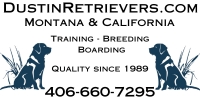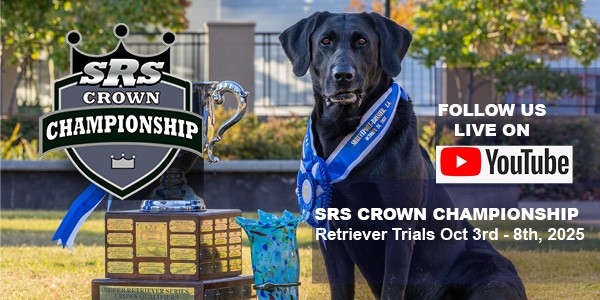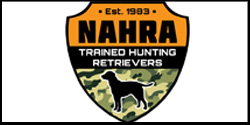| Country of origin: United Kingdom
Country of residence: United Kingdom
“The 6th Duke of Buccleuch and the 12th Earl of Home spent some winters at Bournemouth in the early 1880’s and were amazed, when shooting at Heron Court at the work of Lord Malmesbury’s dogs, especially in water. Lord Malmesbury gave them some of his breed. When (the first dog) Ned (Malmesbury’s Sweep ex M. June, 1882) arrived at Langholm Lodge, he proved himself o a different category to any of the other dogs there. Whereas Avon (Malmesbury’s Tramp ex M. Juno, 1885) was even beter than Ned. All the Buccleuch breed trace back to these two dogs.”
https://thelabradorretrieverclub.com/early-labradors
The history of the labrador is beset with contradictory tales and indeed one author stated in an article on the subject: “The only certainty about the origin of the labrador retriever is that we cannot be absolutely certain of its provenance”.
Labrador itself is the most easterly point of North America and drew settlers due to the wealth of its fishing banks. A trade in fish was established with the West Country in England and there can be little doubt that many dogs of a variety of breeds travelled back and forth across the Atlantic. It has been argued that among the breeds that accompanied the fishermen there may have been the famed black hounds of St. Hubert, which were greatly valued. It is suggested this breed was part of the foundation stock of the dog which later became the labrador retriever.
What we do know is that the first labradors came in to England via Poole Harbour and the majority of early breeders got their dogs from there. Early owners included Colonel Peter Hawker, The 2nd Earl of Malmesbury, The Duke of Buccleuch, The 10th Earl Home, the Lords Wimborne, Saltoun and Ruthven and finally Montague Guest and CJ Radclyffe (the latter being my great grandfather).
Great care was taken by these early breeders to keep the breed pure and by the early part of the 20th century the labrador was recognised by a growing band of owners as a first class gundog. On 7 July 1903 the labrador retriever was recognised as a special breed by the Kennel Club and four months later it was at last admitted as a separate breed.
https://gundog-journal.com/training/the-labrador-pioneers/
History of the Buccleuch Labrador
In the 1830s, the 5th Duke of Buccleuch, Walter Francis Montagu Douglas Scott, was one of the first to import dogs from Newfoundland on to his estates in the Scottish Borders for use as gundogs because of their excellent retrieving capabilities
David Lisett and Dogs
A long History
Another advocate of these marvellous Newfoundland dogs, or Labrador retrievers as they later became known, was the 2nd Earl of Malmesbury who bred them for use in duck shooting on his estate at Heron Court on the south coast, particularly because of their acknowledged expertise in waterfowling, their ‘close coat which turns water off like oil’ and a tail ‘like an otter’.
Buccleuch Bloodline
In the early 1880s, the 6th Duke of Buccleuch and the 3rd Earl of Malmesbury met while shooting and the first two entries in the Stud Book of the Duke of Buccleuch Labrador Retrievers were in fact the gifts made by Lord Malmesbury to the 6th Duke. When these dogs were mated with bitches carrying blood from those originally imported by the 5th Duke, a strong bloodline was developed beginning with Buccleuch Ned in 1882 and Buccleuch Avon in 1885. In fact, the Buccleuch Kennel is almost unique in as much as the original pure strain has thus far been strictly maintained since the breed reached these shores in the 1830s. All Buccleuch Labradors can be traced back to those first imported dogs. Eventually a kennel of 30 to 40 couples was maintained with keepers responsible for training the dogs while the 6th Duke’s youngest son, Lord George Scott, managed the breeding programme.
Buccleuch Labrador Characteristics
While Buccleuch Labradors were never actually trialled at that time, being bred entirely for ‘work’ purposes, the bloodline has formed the ancestry of many champions over the years, including the first Labrador to be placed at a retriever trial in 1906 (FTCh Flapper). The main characteristics of the traditional Buccleuch Labrador are a good nose, a tender mouth and an intelligent and courageous temperament. Their heads are often shorter than the average Labrador; they have a thick double coat and frequently have the ‘otter’ tail.
Labrador History from the 1920s onwards
By the 1920s the kennel contained 150 dogs. However, the 7th Duke was not active in maintaining the line and no new dogs were imported between 1890 and 1930 due to a Sheep Protection Act in Newfoundland and the introduction of quarantine restrictions. The advent of war in 1938 and a distemper epidemic in 1948 took their toll on the kennel leaving it substantially run down. Some progress was made at this time by the then Earl of Dalkeith (who became the 9th Duke) along with a full-time dog handler and much use was made of Vaulter, a dog displaying the old characteristics of a broad head, thick double coat and short otter tail and many of today’s Buccleuch Labradors can be traced back to him.
After the 9th Duke was elected to the House of Commons, responsibility for the kennel moved to the Head Gamekeeper and litters have been produced mainly to meet the needs of Keepers across the Bowhill, Langholm, Boughton and Queensberry Estates. The 9th Duke had been a Patron of the Labrador Club of Scotland since 1952.
A Winning Combination
With the appointment of David Lisett as dog trainer and handler under the direction of the then Earl of Dalkeith (now 10th Duke, Richard Buccleuch), a breeding programme has been re-introduced at Queensberry for the enhancement and maintenance of the Buccleuch Labrador bloodline using the current Buccleuch stud dogs which has resulted in Dogs such as Buccleuch Opal who was made Field Trial Champion after competing in just 4 trials.
The greatest success for Buccleuch Labradors was during the 2017 competition season which began well when Trainer David Lisett and Labrador Buccleuch Xena, “Daisy”, were awarded first place in the Novice Retriever Test at Scone Game Fair in July. This was followed by a win in the first ever Scottish, Open Walked-Up Test for 30 A/V Retrievers organised by the North of Scotland Gundog Association also in July.
The 12th of August saw Daisy compete in her first Trial, a Novice Stake held at Edinglassie by the North of Scotland Gundog Association where she was announced the winner. This qualified her to compete in Open Stakes and on the 19th of October she won her first, a 1-day Open at Logiealmond organised by the Golden Retriever Club of Scotland. The next day she was in action again at the 2-day Open Stake held by Gordon District Gundog Club at Esslemont where David and Daisy’s luck held out and they were awarded first place.
As well as earning the title Field Trial Champion this qualified David and Daisy to compete in the IGL Retriever Championship in December and following three days of competition David and Daisy were proclaimed as winners.
Following on from the above, in 2023 David again qualified for and competed in the IGL Championship. This time with Buccleuch Bowhill of Sandringham “Harris” who is a son of Daisy. Following a testing competition they were awarded first place, a magnificent result.
|

